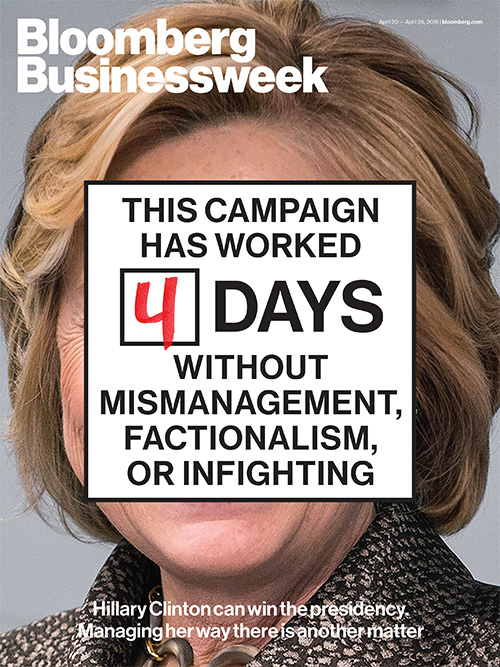 Matthew Philips documents for Bloomberg Businessweek the poor long-term outlook for Social Security’s disability benefits.
Matthew Philips documents for Bloomberg Businessweek the poor long-term outlook for Social Security’s disability benefits.
An audit by the Office of the Inspector General released on June 4 estimates that from 2003 to 2013, 45?percent of all SSDI beneficiaries were overpaid. That cost SSDI almost $17 billion, though $8?billion of that was eventually recovered. The program still uses medical guidelines from the 1970s to determine an applicant’s ability to work, and the decision often depends on the whims of state-level examiners.
SSDI provides crucial support for millions with severe disabilities, yet economists say it does more to keep people capable of some work out of the labor force than it does to find ways for the disabled to work. This helps explain a mystery of the sluggish recovery: why adults in their prime keep dropping out of the labor force. “What is especially problematic is that [SSDI] absorbs people who might otherwise work when economic conditions improve,” says Stanford economist Mark Duggan. Commissioner Colvin said in her testimony that SSDI rigorously screens applicants to weed out the undeserving.
Since 1989 the share of the population receiving SSDI benefits has more than doubled, to 5 percent of people aged 25 to 64. Research by Duggan and David Autor, an economist at MIT, attributes much of that jump to financial incentives. Disability benefits have become more valuable to younger workers, who figure no company will give them a pension. That’s helped lead to a change in the type of ailments cited by people applying for benefits, say Duggan and Autor. In the 1970s most new SSDI enrollees suffered from maladies such as heart disease and cancer. Today, it’s back pain and mental illness.


